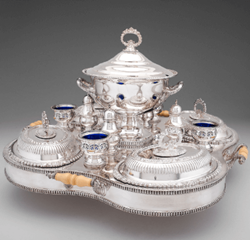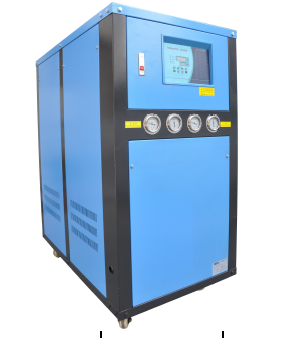
In terms of process, the sequence of degreasing, weak etching, electroplating, drying and cleaning between them becomes a conventional basic operation. However, it is often necessary to supplement, traffic and change according to different situations, otherwise it will be difficult to adapt to the product.
There are six main types of electroplating processes:
- Fixed plating tank;
The plating solution is contained in a fixed plating tank, the plated parts are immersed, and the anode is faced, and it is said to be the traditional and the most widely used method by means of the hanger for conducting and fixing. The advantage of the fixed plating tank is that the equipment investment is small, the shape, size and quantity of the plated parts are not limited, and it is easy to monitor and maintain. The fixing groove can be added with agitation or with continuous filtration. Power and current waveforms can be selected as needed, but high current densities are not easily used.
- Barrel plating;
suitable for processing a large number of small parts. Generally, it is divided into a separate barrel plating machine and a combination of flow lines and the like. The latter drum is immersed in the tank and moves with it, and it is used in the automatic line. The small parts touch and rub against each other during rolling, and current is conducted from the busbar or the tank, and the anode can be placed in the drum or outside the tank. This solution has a high production efficiency, and has a certain polishing effect on the parts during rolling, and the thickness difference of the plating between the parts is small. However, it is difficult to perform partial plating in this way, and it is also difficult to perform high-speed plating.
- Brush plating;
the surface of the anode is coated with a soft porous material capable of containing a plating solution, such as cotton cloth or other fibrous products, which can be applied to the surface of the friction by applying current and rubbing on the surface to be plated. Plating. This method has been used to repair local coating defects and later changed to a brush that can store plating solution to solve large parts that are not easily moved, such as plating and repairing worn parts of buildings. When plating the inner and outer round surfaces, it is matched with the rotating machine tool, and a high plating rate can be obtained by using a concentrated plating solution and a large current. This method is simple and flexible, with little investment, and is more suitable for a small number of large components or outdoor buildings. Smaller parts make it easier to perform thicker plating at higher speeds, but the quality of the coating is often related to the skill of the operation.
- High-speed electroplating;
Due to the obvious cost-saving effect of working hours, various high-speed electroplating methods have emerged in recent years. Among them, the precious metal plating with small parts, especially electrical parts, has been the fastest growing in recent years. A high plating rate is achieved by the movement of the part and the use of forced convection or jetting to cause the plating solution to flow at a high speed to carry a high current of up to several hundred amperes per square centimeter. The pipeline that allows the parts to move quickly is supplemented by suitable occlusion or only partial spraying, which is very suitable for local plating of a large number of small parts, which can save a lot of labor for local insulation work. Partially selective plating, for precious metals, such as electrical connectors, can save more than 90% of precious metals.
- Continuous plating;
Currently pre-plated sheets and wires are very popular in many large productions, such as construction, automotive and equipment manufacturing. Sheets and wires are singular in shape and can be continuously rolled. It is very suitable to use a process that allows a high limit current density and a dispersion capacity that is not necessarily required. This processing method is now often combined with pre-coating, polishing, painting and the like. This allows a large amount of prefabricated material to be produced in a short period of time, saving a large amount of man-hours required for the application of these materials after assembly, and the quality is also greatly improved.
- Special Processes;
In order to meet the ever-changing needs of products, many new methods have been developed in recent years. For example, fine tip droplets, jets, roll marks, colloidal or gel baths, as well as laser initiation, photochemical processes, and the like. Most of these processes have specialized application areas, but the development of new process concepts has actually been gradually introduced into conventional processes.
[/fusion_text][/fusion_builder_column][/fusion_builder_row][/fusion_builder_container]




